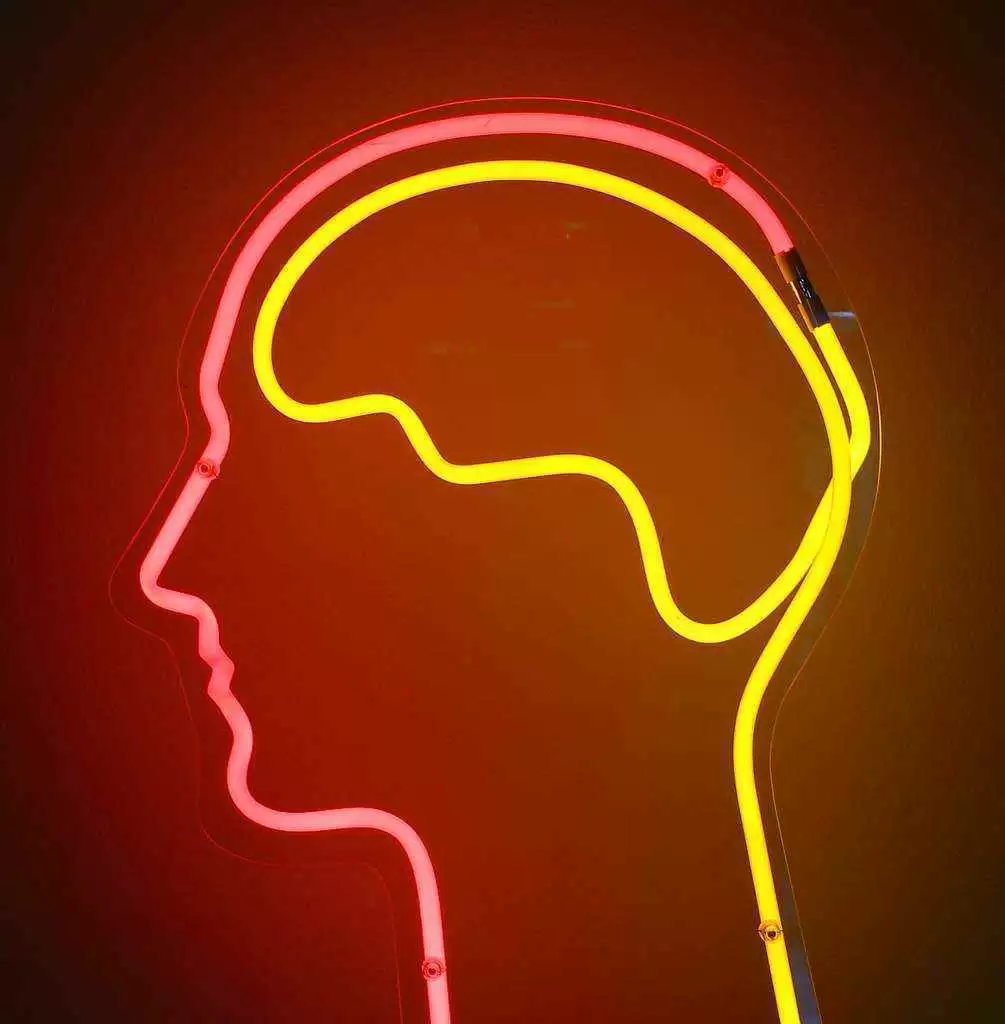
Celiac.com 01/15/2018 - Cerebellar ataxia with sensory ganglionopathy is a disabling combination of neurological dysfunction that usually occurs as part of certain hereditary ataxias. However, some patients present this combination with no apparent genetic cause.
A team of researchers recently set out to if autoimmunity might have a role to play in SG. The research team included Panagiotis Zis, Ptolemaios Georgios Sarrigiannis, Dasappaiah Ganesh Rao, Nigel Hoggard, David Surendran Sanders, and Marios Hadjivassiliou. They are variously affiliated with the Academic Department of Neurosciences, Sheffield Teaching Hospitals NHS Foundation Trust, Sheffield, UK; the University of Sheffield, Sheffield, UK; the Department of Neuroradiology, Sheffield Teaching Hospitals NHS Foundaiton Trust, Sheffield, UK; the University of Sheffield, Sheffield, UK; and the Academic Unit of Gastroenterology, Sheffield Teaching Hospitals NHS Foundation Trust, Sheffield, UK.
Celiac.com Sponsor (A12):
The team reviewed records of all patients that have been referred to the Sheffield Ataxia Centre who had neurophysiological and imaging data suggestive of SG and cerebellar ataxia respectively. We excluded patients with Friedreich's ataxia, a common cause of this combination. All patients were screened for genetic causes and underwent extensive investigations.
They found 40 patients with combined cerebellar ataxia and sensory ganglionopathy. The majority of patients were initially diagnosed with cerebellar dysfunction, and about one-third were initially diagnosed with sensory ganglionopathy.
For that one-third, the two diagnoses were made together. The average time between the two diagnoses was 6.5 ± 8.9 years, ranging from 0 up to 44 years. The most common initial symptom was unsteadiness, in 77.5% of patients, followed by patchy sensory loss in 17.5%, and peripheral neuropathic pain in 5%.
Nineteen patients had gluten sensitivity, of whom 3 patients had biopsy proven celiac disease. Other abnormal immunological tests were present in another 15 patients. Six patients had malignancy, which was diagnosed within 5 years of the neurological symptoms. Only 3 patients were classified as having a truly idiopathic combination of cerebellar ataxia with sensory ganglionopathy.
This study shows that immune pathogenesis plays a significant role in patients with the unusual combination of cerebellar ataxia and sensory ganglionopathy.
Source:







Recommended Comments
There are no comments to display.
Create an account or sign in to comment
You need to be a member in order to leave a comment
Create an account
Sign up for a new account in our community. It's easy!
Register a new accountSign in
Already have an account? Sign in here.
Sign In Now